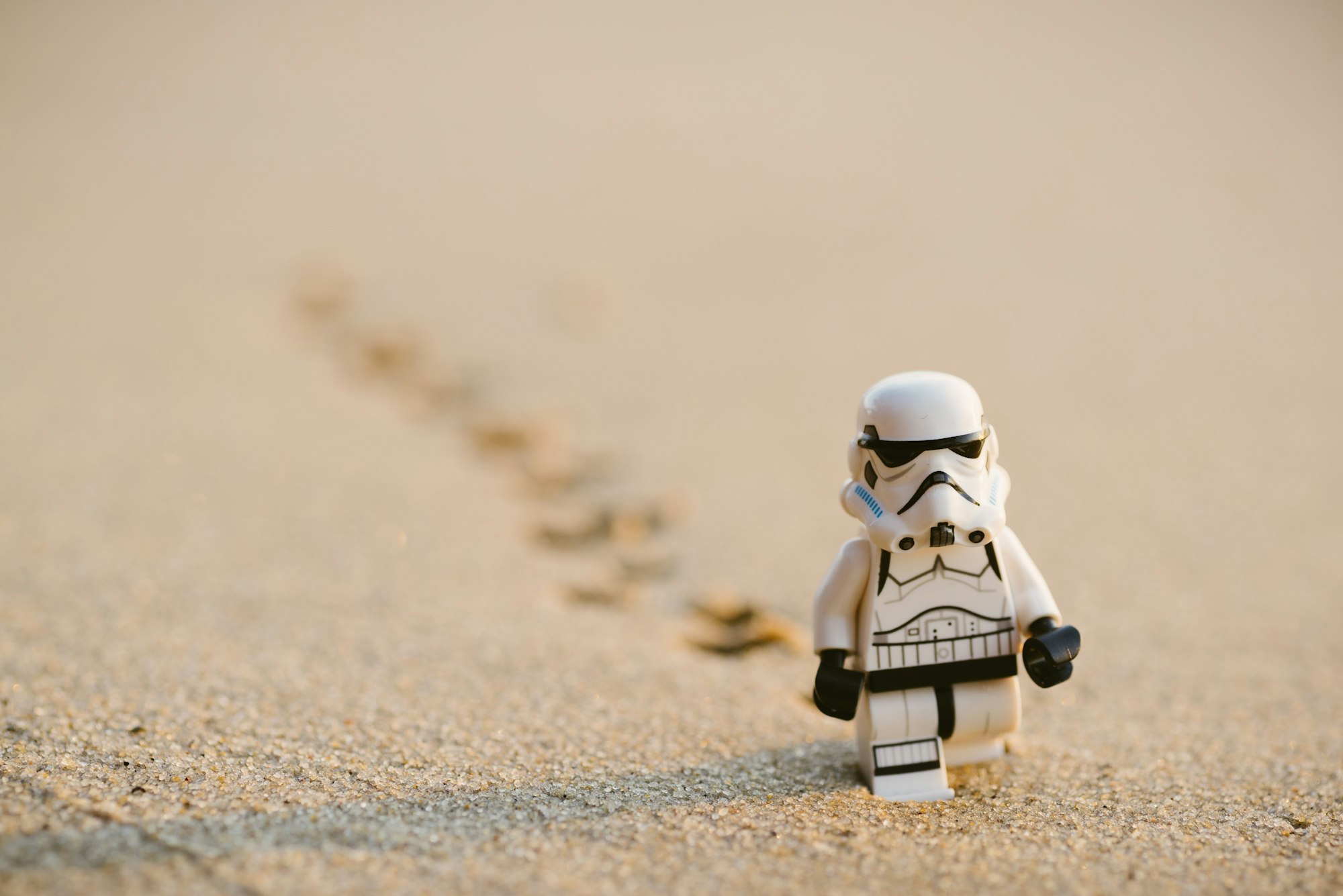These days, if there’s a pop culture phenomenon you can think of, chances are there’s a LEGO set based on it. I wouldn’t be surprised if a Game of Thrones or Walking Dead set or two came along soon. This was not always the case. In fact, it took LEGO over fifty years to begin producing licensed LEGO themes. Then one little franchise came along and changed the whole game. That franchise was, of course, Winnie the Pooh… oh, and also Star Wars. Oddly enough, the same year that LEGO began releasing Star Wars sets they also released Winnie the Pooh Duplo sets.
LEGO Space theme launched in 1979. This drops it between the release dates of Episode IV: A New Hope and Episode V: The Empire Strikes Back. If these sets show even a whiff of a science fiction influence it’s from the grounded, classical sci-fi of the '50s and '60s, not the mythical science-fantasy that the Star Wars franchise begat. These sets consist of stalwart spacemen zooming around in big, cylindrical rockets or bouncing across craggy surfaces in grey rovers.
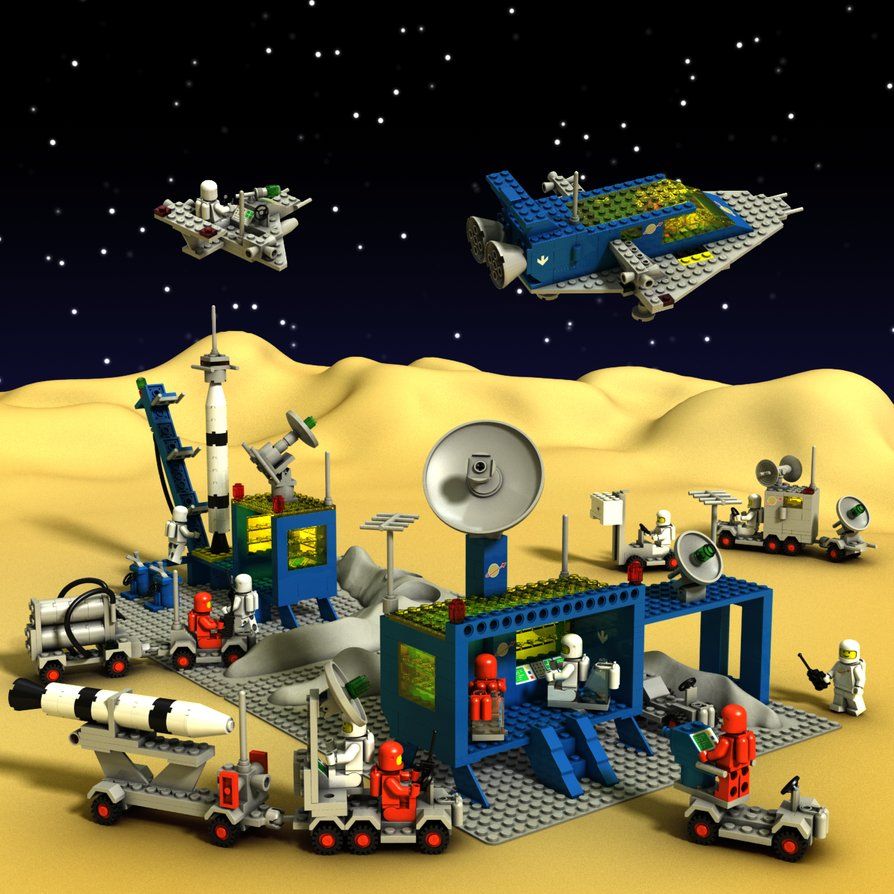
However, the influence of Star Wars on culture at large would soon become inescapable and in 1987 LEGO released two dueling subthemes under their larger Space Theme. These themes represented warring factions. It’s not hard to draw comparisons between the rival Futuron and Blacktron lines and the Rebellion’s war against the Empire. The Blacktron sets in particular show a strong Star wars influence. Their resident astronauts definitely evoke the TIE Fighter pilots in their black and gray attire. Even the Blacktron logo calls Star Wars to mind with its black and yellow color scheme. Their Futuron counterparts are decked out in bright primary colors and tool around in white, blue and red ships. The sleek space fighters and imposing battleships of the Futuron and Blacktron themes were a big departure from the, at least somewhat, grounded rockets-and-rovers aesthetic of the earlier Space sets.
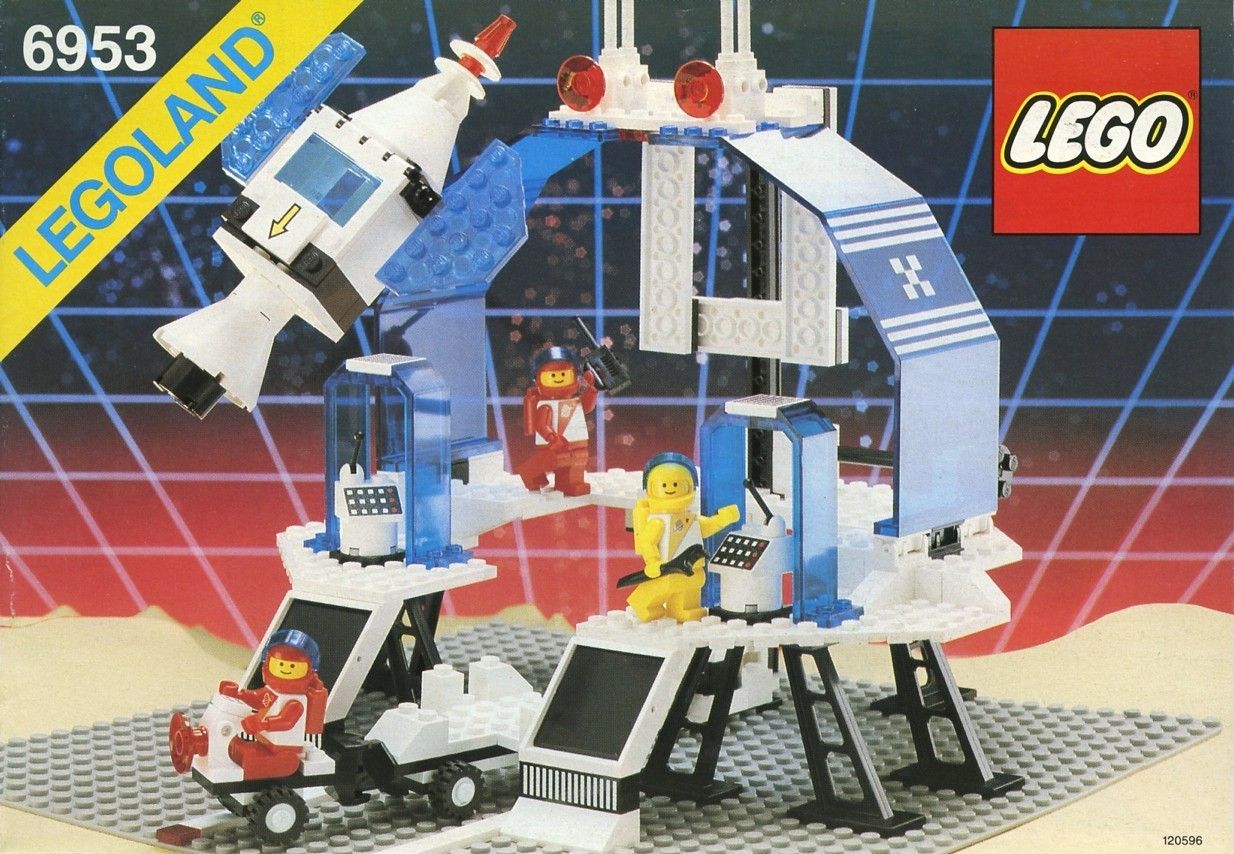
The Space theme would continue to evolve over the years. Futuron would give way to Space Police and Unitron. Blacktron would eventually be replaced with Spyrius. One subtheme is of particular interest though. Ice Planet 2002 was a theme that dealt with the exploration of a frozen world and introduced the first female minifigure in the Space theme. I have a hard time imagining that Ice Planet 2002, with its snow scooter and ice stations, could have existed without the influence of the Hoth sequences in The Empire Strikes Back.
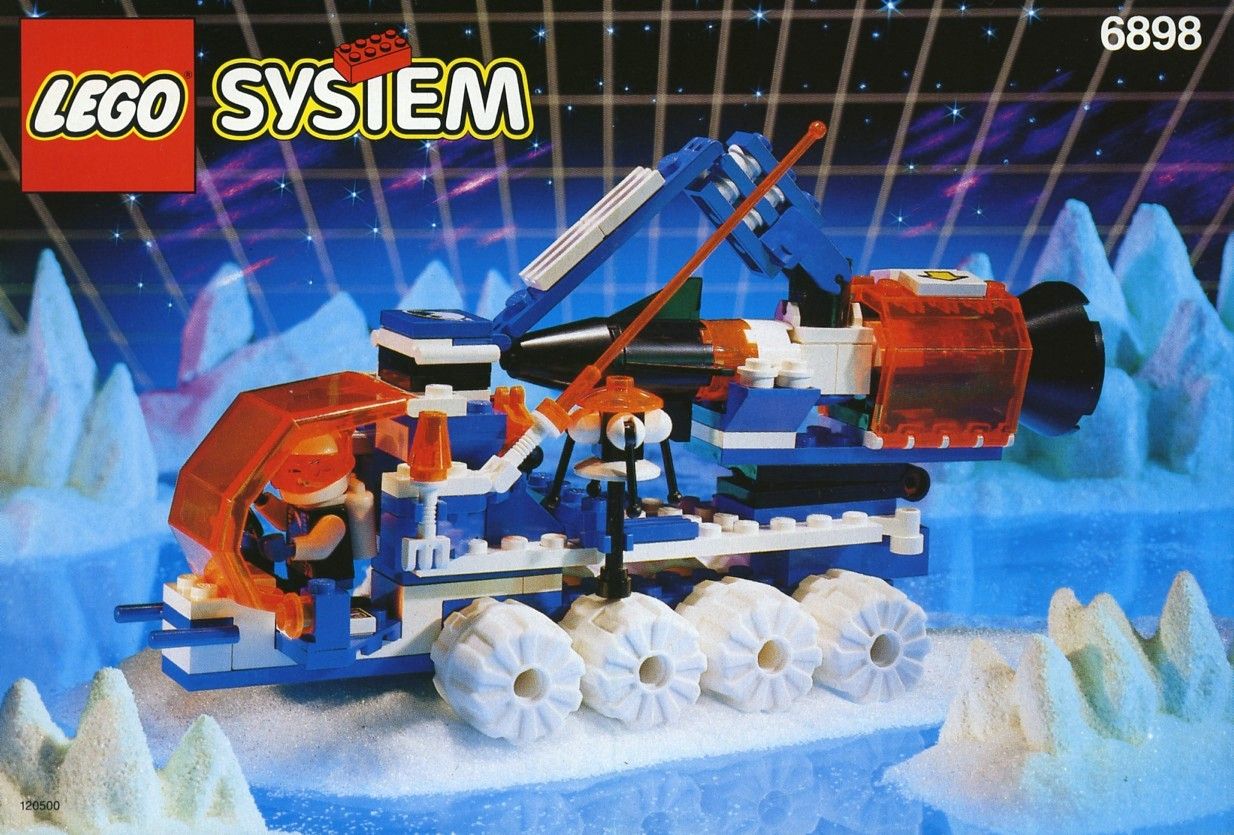
Though largely overshadowed by licensed properties, the LEGO Space theme continues to this day. In fact, 2012 is the only year since 1978 that some variant or subtheme of the Space line was not produced.
The LEGO Star Wars license coincided with the release of 1999’s Episode I: The Phantom Menace. However, even in its first year the line released some sets for the original trilogy, like the TIE Fighter, X-Wing, and Landspeeder vehicles. The next year would see the release of a few larger sets including the beginning of the legendary Ultimate Collectors Series. These sets are still being released today. The most recent at the time this article is 2016’s Assault On Hoth but the most impressive has to be The Death Star.
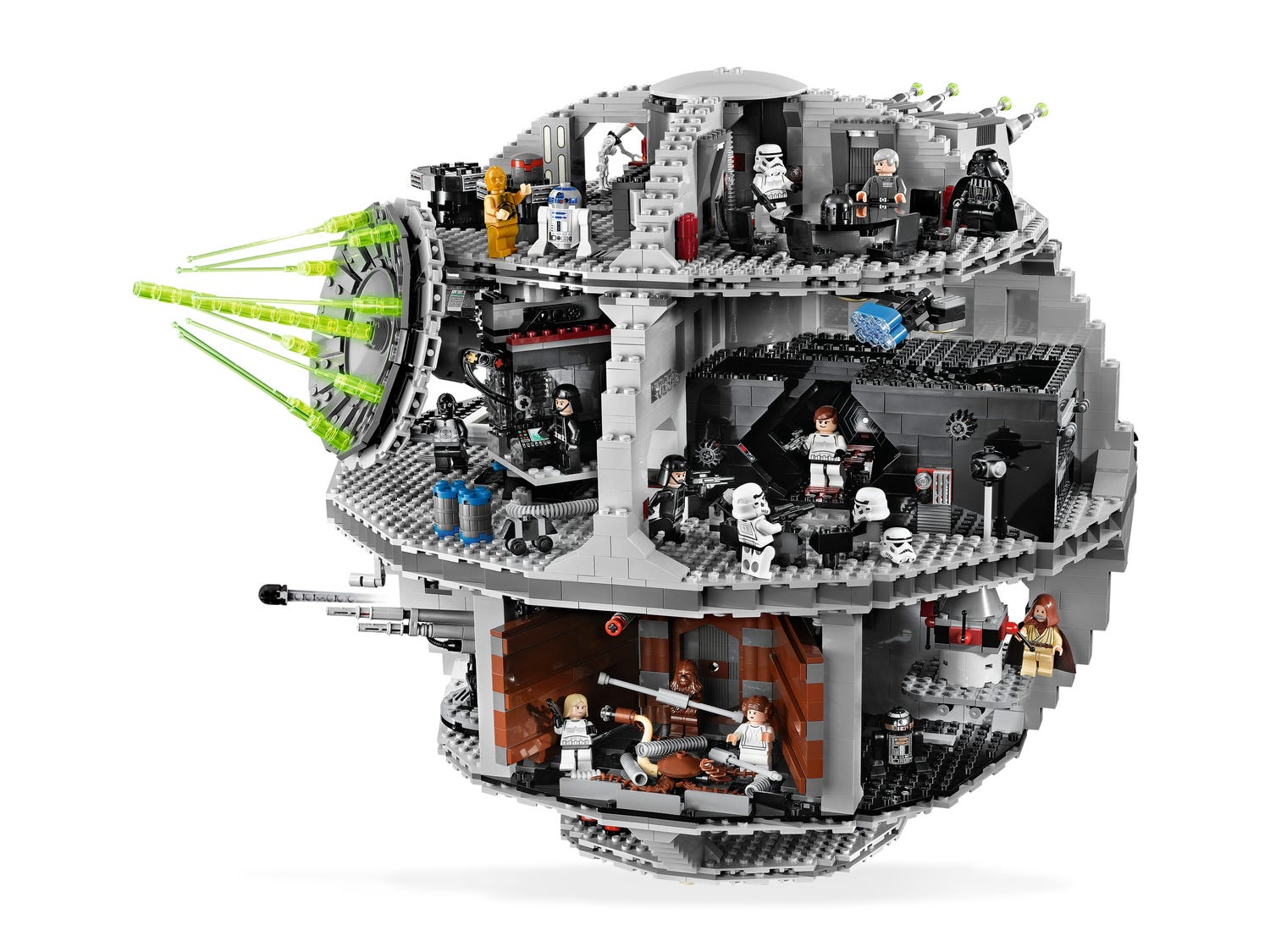
2000 also brought us the first of the seven Millennium Falcon sets that LEGO has released in the more than 20 years since that they have held the Star Wars license. This early Falcon gives us a nice perspective on the way LEGO’s design aesthetic has evolved over the years. Unlike the Falcon released to coincide with Episode VII: The Force Awakens this set is more impressionistic. It aims to suggest the Corellian YT-1300 light freighter rather than replicate it. It looks more like a classic flying saucer UFO than any other representation of the Millennium Falcon that I’ve ever seen.

Star Wars branched out of the main LEGO System line in 2001 with the first of a few Technic figures, C3PO and a Stormtrooper. These figures have designs reminiscent of the Bionicle figures that launched that same year. Their clearest successors are the currently running Ultrabuild subtheme of constructible action figures.

2005 is arguably the year in which LEGO Star Wars became a brand unto itself. The final prequel film debuted and LEGO released a panoply of sets, both for the prequel and original trilogies. LEGO switched over to more natural flesh tones for their licensed minifigures rather than the bright yellow that had been the standard since their debut in 1974. This pulled the figures more in line with their movie counterparts. These new figures served as the basis for both an animated short and a widely played and acclaimed video game.
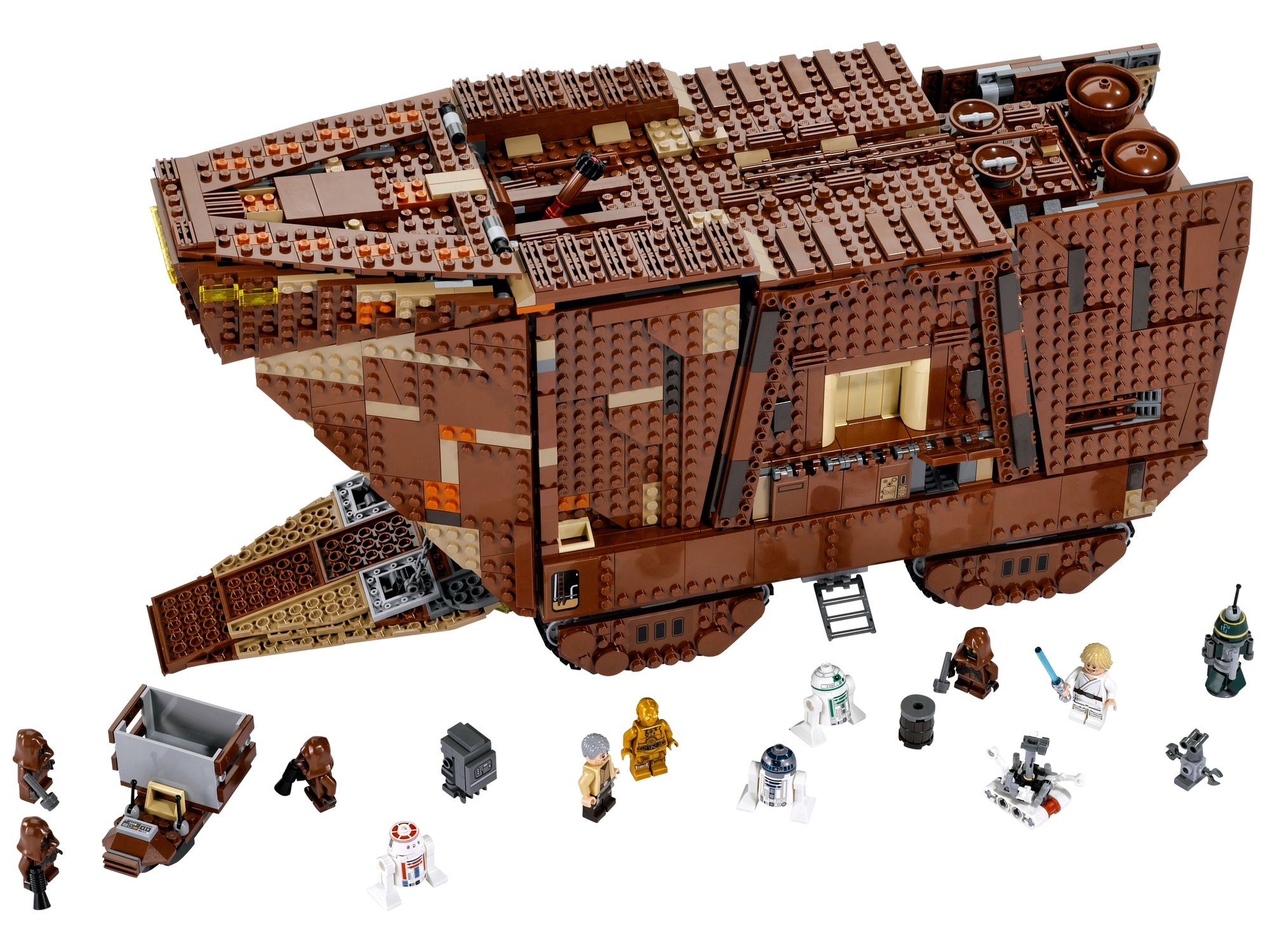
While Star Wars laid dormant in theaters for a decade, it remained alive and well in LEGO form. New sets continued to be produced year after year. The video game franchise expanded beyond its initial release in order to encompass the breadth of the saga. In anticipation of the release of Episode VII: The Force Awakens LEGO began releasing their tie-ins in the Fall of 2015 along with even more sets for the original trilogy and the prequels.
Star Wars is a media juggernaut and LEGO Star Wars has become a mini juggernaut chugging along right beside it. The Disney deal has made it so that new Star Wars films will be coming out for the foreseeable future and there will be LEGO sets released right along with them. Star Wars is now a cornerstone of the LEGO Empire. According to the LEGO Star Wars Character Encyclopedia there are over 300 Star Wars minifigures. The Ultimate Collector Series Millennium Falcon is the second largest LEGO set of all time with an impressive array of 5,195 pieces and is dwarfed only by the Taj Mahal and its 5,922 pieces (which we explain in full detail). In fact the license was just renewed this year and is locked in place until 2022. There is no doubt in my mind that the license will renewed again in 2022 provided people still want to play with space toys in that far flung future.
